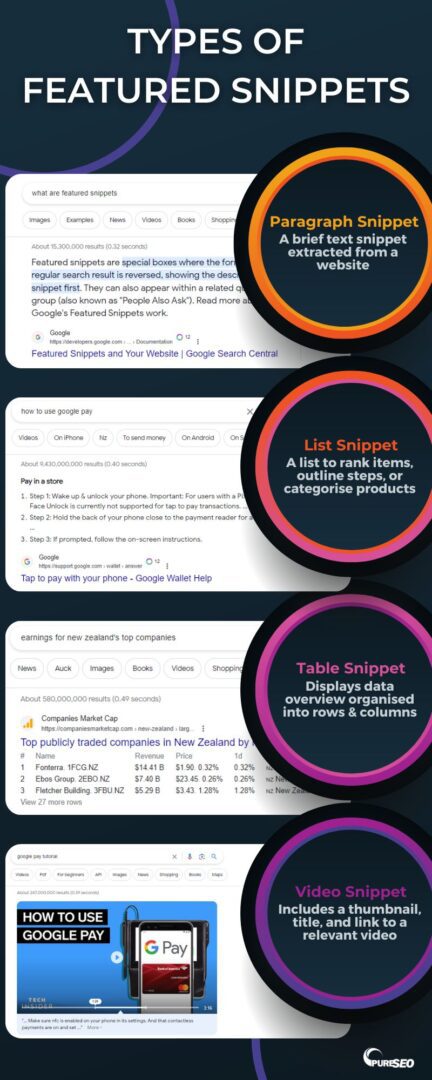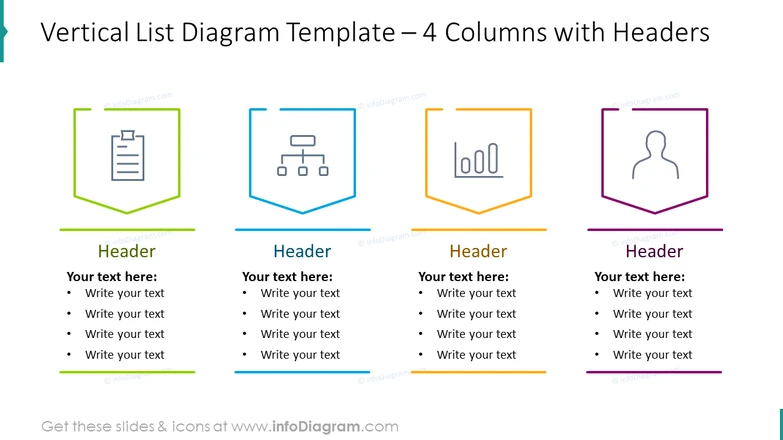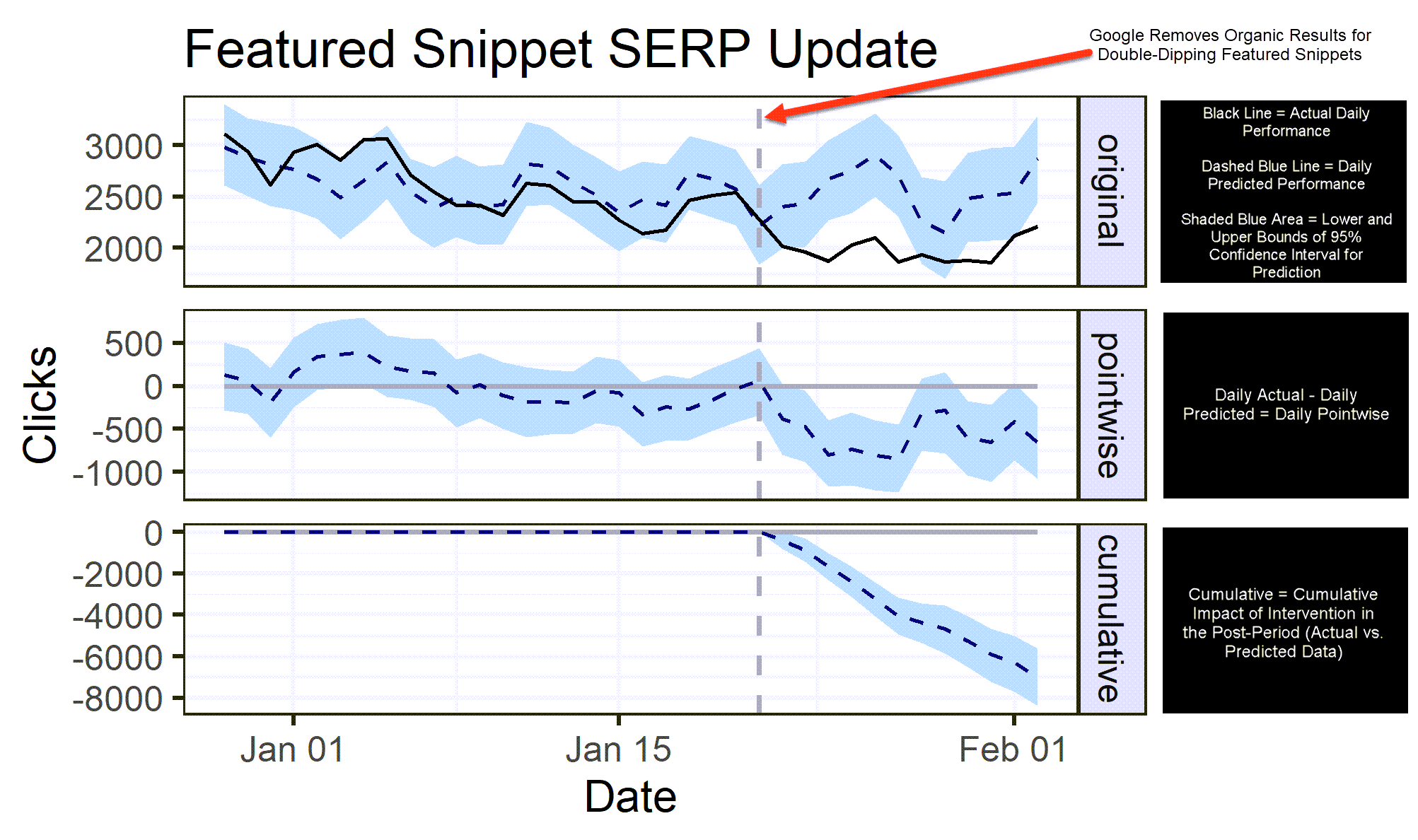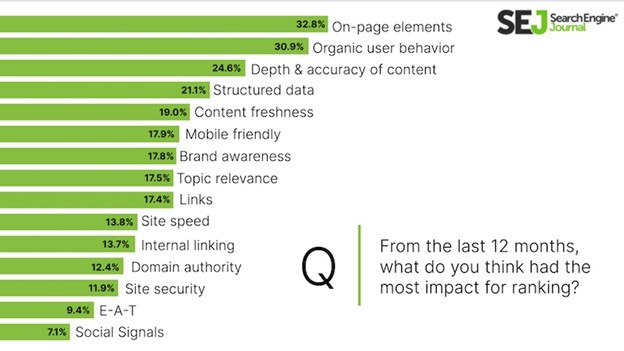In the competitive digital marketing landscape, capturing featured snippets can significantly boost your visibility and traffic. Featured snippets are the highlighted search results that appear at the top of Google’s search engine results pages (SERPs). They provide quick answers to user queries, increasing the likelihood that users will see and engage with your content. Understanding how to optimize your content for these snippets, particularly through the use of AI semantic compression, is essential. This guide will walk you through the process of leveraging AI tools and semantic compression techniques to enhance your chances of securing featured snippets, addressing common questions about content optimization along the way.
Unlocking the Potential of Featured Snippets
Featured snippets come in various formats, including paragraphs, lists, and tables. These snippets provide concise answers to user inquiries and tend to attract higher click-through rates (CTR). According to research from Search Engine Land, obtaining a featured snippet can improve CTR by up to 20%. Additionally, zero-click searches—where users find answers without clicking through to a different site—account for about 80% of all searches. This trend emphasizes the importance of optimizing your content to appear in featured snippets as a strategy to enhance visibility and user engagement.
Visual representation of different types of featured snippets (Source: Provisio)
By utilizing AI tools that enhance visibility, you can create structured content that aligns with featured snippets. For example, AI-powered tools like ContentShake AI are designed to generate optimized content that increases the likelihood of being selected as a featured snippet. In the following sections, we will explore how semantic compression supports these strategies.
What is Semantic Compression and Why It Matters
Semantic compression is the technique of distilling information into a concise format while still retaining its essential meaning. This approach is particularly important for featured snippets, which typically require brief answers, often no longer than 40-60 words, to adequately respond to user queries. The goal is to strike a balance between brevity and informativeness.
To effectively implement semantic compression, focus on using clear and direct language. Remove unnecessary words and focus on delivering substantial information. Following Google's guidelines, content should provide immediate answers to maximize the potential for inclusion in featured snippets.
 Infographic illustrating examples of semantic compression versus non-compressed content (Source: Pure SEO)
Infographic illustrating examples of semantic compression versus non-compressed content (Source: Pure SEO)
When leveraging AI tools for this purpose, ensure they are adept at analyzing and generating content with the appropriate semantic density. For instance, tools like SEOpital can help create content that is concise yet effective at securing featured snippets.
Harnessing AI Tools for Enhanced SEO Visibility
In today's digital environment, utilizing AI tools for SEO optimization is critical for boosting visibility in search results. Tools such as Semrush Copilot and ContentShake AI analyze top-ranking pages and customize your content to meet the standards necessary for securing featured snippets. These tools identify relevant keywords and provide insights on how to structure content effectively.
 Dashboard view of an AI SEO tool showing keyword tracking and user engagement metrics in 2024 (Source: Whatagraph)
Dashboard view of an AI SEO tool showing keyword tracking and user engagement metrics in 2024 (Source: Whatagraph)
For instance, one company reported significant improvements in their ability to secure featured snippets after implementing Semrush Copilot, demonstrating the effectiveness of this AI tool in real-world applications. Additionally, applying structured data through AI tools can further enhance visibility on the Search Engine Results Page (SERP), driving even more traffic to your content.
Crafting Content that Google Loves: Strategies for Snippet Optimization
Creating content that captures featured snippets requires adhering to specific guidelines set forth by Google. Start by using a proper heading structure; utilizing H2 and H3 tags helps organize your content and facilitates easier navigation for both users and search engines. Moreover, incorporating structured data schemas, such as FAQ or HowTo schemas, allows Google to interpret your content in context.
 Diagram depicting structured content with headings and lists (Source: InfoDiagram)
Diagram depicting structured content with headings and lists (Source: InfoDiagram)
Addressing related queries in the "People Also Ask" section can also enhance your chances of being featured. By doing this, you can target multiple search queries simultaneously, increasing your visibility. It's also essential to regularly update your content to keep it relevant, as Google favors fresh content when selecting featured snippets.
Real-World Success: Case Studies on Winning Featured Snippets
Examining real-world examples of companies that successfully optimized their content for featured snippets provides valuable insights. For example, a technology company utilized semantic compression and structured data recommendations to secure featured snippets, resulting in a notable increase in CTR. This surge in traffic was directly linked to their newly optimized content.
 Before-and-after graph showing traffic metrics for companies that optimized for featured snippets (Source: Search Engine Journal)
Before-and-after graph showing traffic metrics for companies that optimized for featured snippets (Source: Search Engine Journal)
Focusing on content quality, effectively employing AI tools, and adhering to best practices can lead to substantial improvements in visibility on search engines. This demonstrates the practical advantages of integrating semantic compression and AI into your content strategies.
The Future of SEO: Evolving with AI and User Behavior
As AI technology continues to advance, its impact on user behavior and SEO strategies becomes increasingly significant. The rise of zero-click searches, where users are able to find quick answers without needing to visit a website, underscores the importance of creating content that delivers immediate value.
 Trends chart illustrating shifts in user behavior and engagement over time (Source: Anvil Media Inc)
Trends chart illustrating shifts in user behavior and engagement over time (Source: Anvil Media Inc)
You may find that the demand for content creators to demonstrate deeper expertise grows, particularly as Google emphasizes E-E-A-T principles (Experience, Expertise, Authoritativeness, Trustworthiness). Staying ahead of these trends is essential, as search algorithms evolve and user preferences shift.
Navigating Ethical AI Usage in SEO Practices
Utilizing AI for SEO and content creation introduces several ethical considerations. Transparency regarding AI utilization is crucial; clearly disclosing when AI assists in generating content helps build trust with your audience. It’s also important to maintain authenticity, ensuring that AI-generated content aligns with your brand's voice.
 Graphic illustrating ethical considerations in AI usage (Source: Sprout Social)
Graphic illustrating ethical considerations in AI usage (Source: Sprout Social)
Addressing potential biases in AI-generated content is equally important. Regularly evaluating AI algorithms can help identify and reduce biases, leading to more equitable and inclusive content. By taking these steps, you can uphold the integrity of your content while harnessing the benefits offered by AI.
Conclusion
Securing featured snippets through AI semantic compression involves a multi-faceted approach that includes content optimization, effective use of AI tools, and adherence to Google's guidelines. By focusing on providing concise, informative, and well-structured content, you can improve your potential for visibility in search results. Moreover, as AI technology and user behavior continue to evolve, it’s essential to remain adaptable and ethical in your strategies. By doing this, you can keep your content not only relevant but also competitive in an ever-changing SEO landscape.

கருத்துக்கள் (0)
உள்நுழைக சர்ச்சையில் பங்கேற்க அல்லது .